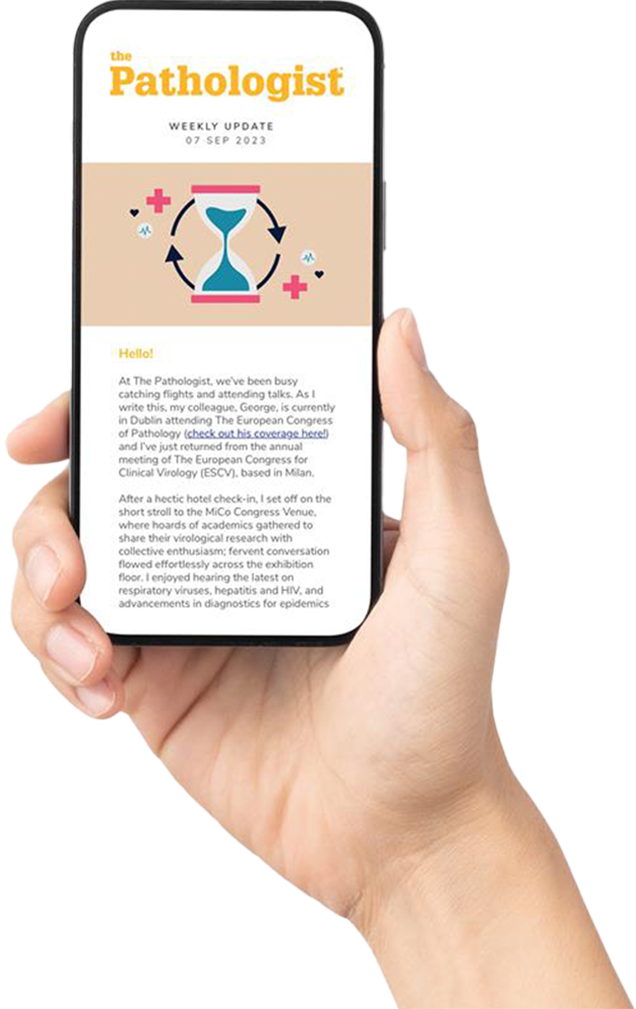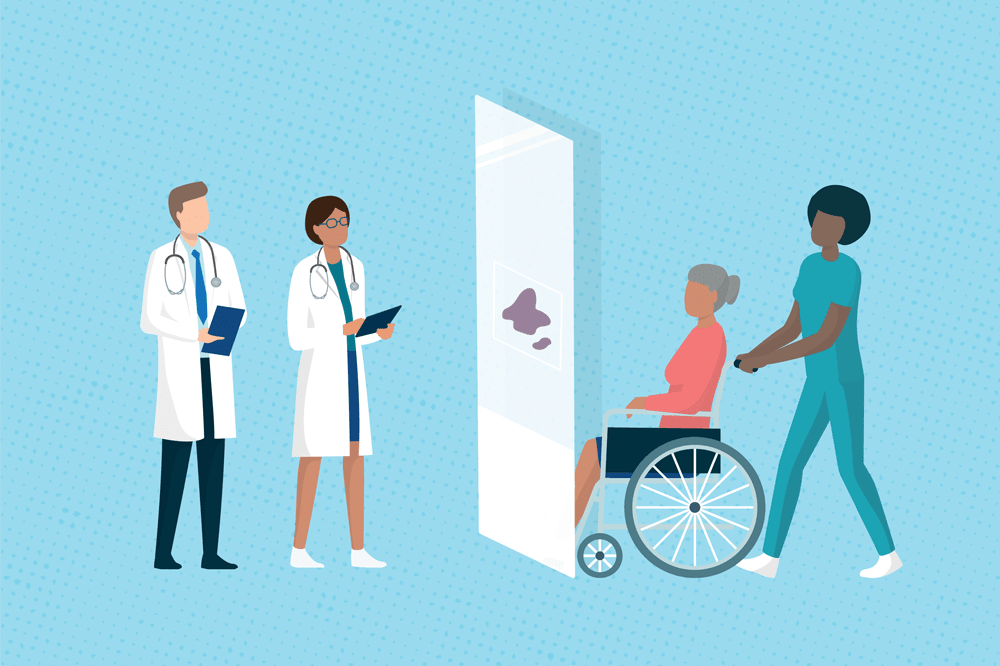
A new study has demonstrated that adding lay language explanations to placental pathology reports significantly improves healthcare providers' understanding of pathology findings and increases their confidence in discussing results with patients. Published in Archives of Pathology & Laboratory Medicine, the research highlights how simplifying medical terminology can enhance communication in obstetric care.
Placental pathology plays a critical role in understanding pregnancy complications, yet complex terminology often makes these reports difficult for obstetric providers to interpret. This issue has become more relevant with the 21st Century Cures Act, which mandates immediate patient access to pathology reports, prompting more direct patient inquiries.
To assess whether lay language explanations improve comprehension, researchers designed an anonymous survey targeting obstetricians, neonatologists, midwives, and trainees. Participants were randomly assigned to review two hypothetical placental pathology reports – one with lay language comments and one without. Next, they rated their understanding and comfort in explaining the findings on a four-point scale.
Among the 31 respondents, reports with lay language comments resulted in significantly higher understanding scores (mean: 3.5 vs. 2.97, p < .001) and increased comfort discussing the findings with patients (mean: 3.29 vs. 2.81, p = .002). These improvements were consistent across different pathology findings, indicating that simplified explanations benefit providers regardless of the specific diagnosis.
Despite the clinical importance of placental pathology, many providers reported that patients rarely ask about these findings, which may contribute to limited awareness and discussion. The study suggests that integrating patient-friendly language into pathology reports could bridge this gap, facilitating better-informed conversations between providers and patients.
The researchers propose that lay language comments could be standardized and incorporated into pathology reporting templates to support both clinicians and patients. Future studies will explore the impact of these comments on patient understanding and satisfaction, potentially influencing broader adoption across other areas of pathology.




